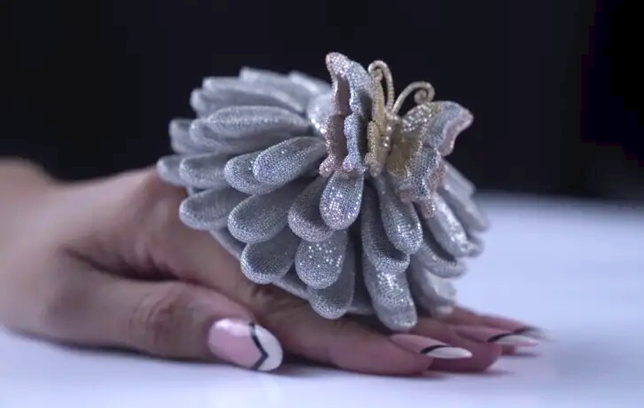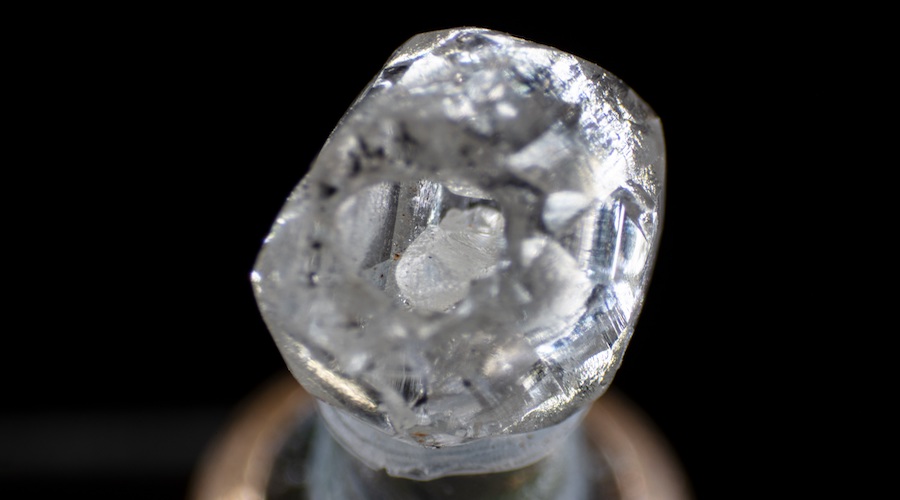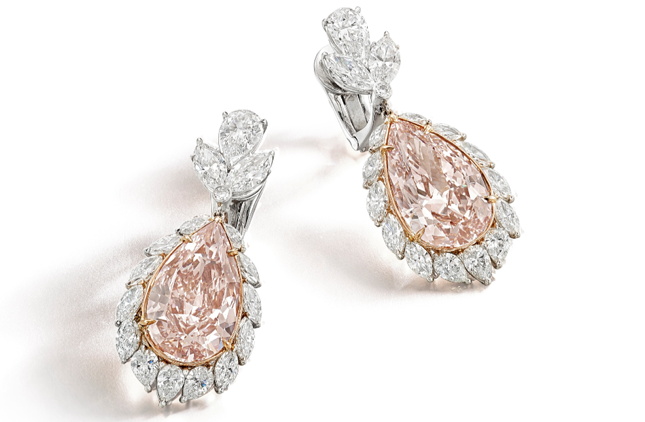
A Swiss company claims it has developed technology that chemically profiles any diamond so it can identify the country – and even the specific mine – of origin.
Spacecode says it analyzes diamonds at a molecular level to determine where it was mined, so it doesn’t matter whether the stone has been registered earlier in the supply chain.
The company has been in talks with the G7 and EU nations about the possibility of using its technology to identify Russian diamonds.
“Our research started 10 years ago, but over the past three years we have developed a specific technology that identifies the provenance of any diamond,” said Pavlo Protopapa the company’s CEO.
“We are the first ever to hold such unique technology, which is a major game changer all along the diamond supply chain.”
“We plan to produce by the end of this year our initial units. By 2024, we will offer on a large scale to the global diamond and jewelry industries, a small easy-to-use device that will define the country of origin of rough and polished diamonds.”
Protopapa added that “in meetings with the G7 and the EU representatives, we have received enthusiastic interest. Within months, we will deliver a small, easy-to-use device that will identify Angolan, Botswanan, South-African and of course, any Russian diamonds. We will leave it for the politicians to decide what to do with it”.
Spacecode’s breakthrough technology analyzes the chemical composition of a diamond on a molecular level, and with Artificial Intelligence tools, creates a “chemical profile” of the run of the mine of a specific diamond mine.
The technology identifies not only the country of origin, but even the specific mine in which it was mined.
Spacecode’s diamond inventory management technology already tracks more than 25 million stones. The company has a team of 15 engineers and specialists, and over 300 clients.
Its technology could be adopted by the G7 and the EU to impose effective sanctions on both rough and polished diamonds from Russia.
It could also be used by the Kimberley Process and other organizations, to end, for example, the export of Angolan diamonds through other African countries.
Source: DCLA













